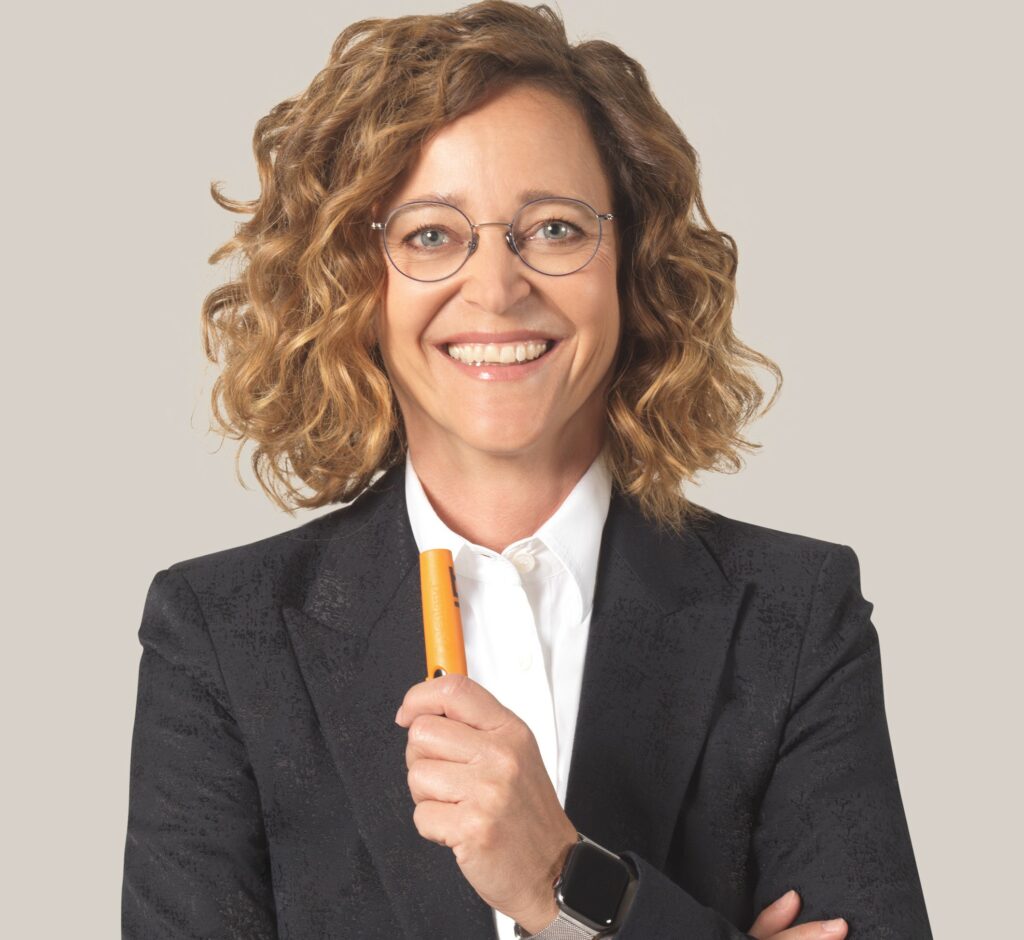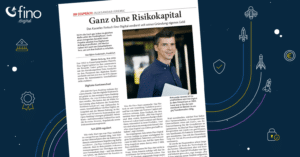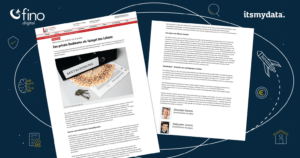The banking industry is being put to the test: The Green Party’s call to replace commission-based advice with fee-based advice, which has now been shelved, recently caused a furor. In essence, it highlights a major challenge: traditional banks must continue to fundamentally and repeatedly realign themselves in order to keep up with dynamic competitors such as challenger banks (Tomorrow, N26) or focused start-up product solutions providers like Klarna (payment transactions). On the other hand, more and more regulatory requirements are being added, which must be understood as an opportunity for renewal – and not just as the mere processing of specifications. For example, the EU taxonomy and its regulations are steadily increasing the tasks for banks and their employees in the area of sustainability. However, this also opens up opportunities for new business models that emerge outside of traditional structures.
But where to start when patterns have been stuck for decades? Two approaches have proven successful in my experience:
1) Attacking your own business model
Why should a company be interested in breaking up a long-standing business model that has been successful for years or decades? What sounds paradoxical is a sensible approach. After all, if you don’t permanently reinvent or question yourself, you will be surprised by suddenly emerging competitors. To this end, it can help to establish many small companies or digital labs in which, for example, new product solutions are initiated, tested and promoted through new communication channels and collaboration models with partners and suppliers – and, in the next step, new business models as well. These could be, for example, beyond-banking approaches that go beyond the core business and map the complete customer needs. Taking the example of home ownership, the bank would provide support in the search for a suitable house and then go on to help with environmentally friendly equipment and suitable security and insurance services. Up to now, banks have only offered checklists for such end-to-end customer offerings, but no consulting services – let alone real business services such as brokerage or concrete implementation of the entire value chain. What used to be exclusively about financing is becoming a part of a service aligned to the complete path of the customer’s needs (from the wish to the furnished move-in).
Why not exploit existing potential for this and make even greater use of the expertise already available within the company or the supplier ecosystem? Banks, for example, have their own excellent IT or cyber security or facility management that they could offer to third parties as their own service, or they already work with innovative start-up service providers who can contribute many more fresh ideas than simply implementing existing orders.
2) Focus on the essential
Conversely, projects and processes that no longer set the right framework for successful change should be jettisoned. Thus, in our experience, the success of successful transformations depends in particular on dropping and focusing the company’s portfolio. Banks support their employees by radically reducing the portfolio, discontinuing many internal projects and focusing on a few projects or products. At the same time, they should invest in R&D and startup initiatives (see point 1). The lessons from Silicon Valley also say: To remain viable as a company, it is primarily not about knowing that something works, but about consistently trying out new things.
These steps are often courageous and not easy to implement in terms of their consequences, because existing, still functioning procedures have to be downgraded in favor of unknown new paths that point the way to the future in the longer term – sometimes even with the accompanying short-term loss of revenue. For example, banks could have used this approach much earlier to develop their own “Check-24” comparisons or to offer a secure instant payment function à la PayPal, if they had not been too sluggish in relying solely on the fact that a checking account (instead of its data) would generate enough revenue and that pure account management would suffice as a service for customers.
A beleaguered guild makes sense again
For banks, this means that they need to reorganize their structures and personnel. Only if they take their existing business models apart and systematically build new ones will they be able to survive in the long term. Moreover, new opportunities are now opening up for bankers as a profession. With the help of new business models, e.g. in the context of sustainable finance, they can help save the planet and ultimately repair their bad reputation caused by the economic crisis. Who wouldn’t want to pursue a profession that serves higher ideals? The banking profession offers just such an opportunity!
The right framework supports these elementary changes. In our experience, agile principles are particularly suitable for working in a customer-centric and team-centric manner and for testing new paths on the market through rapid iterations.
About Ssonja Peter




